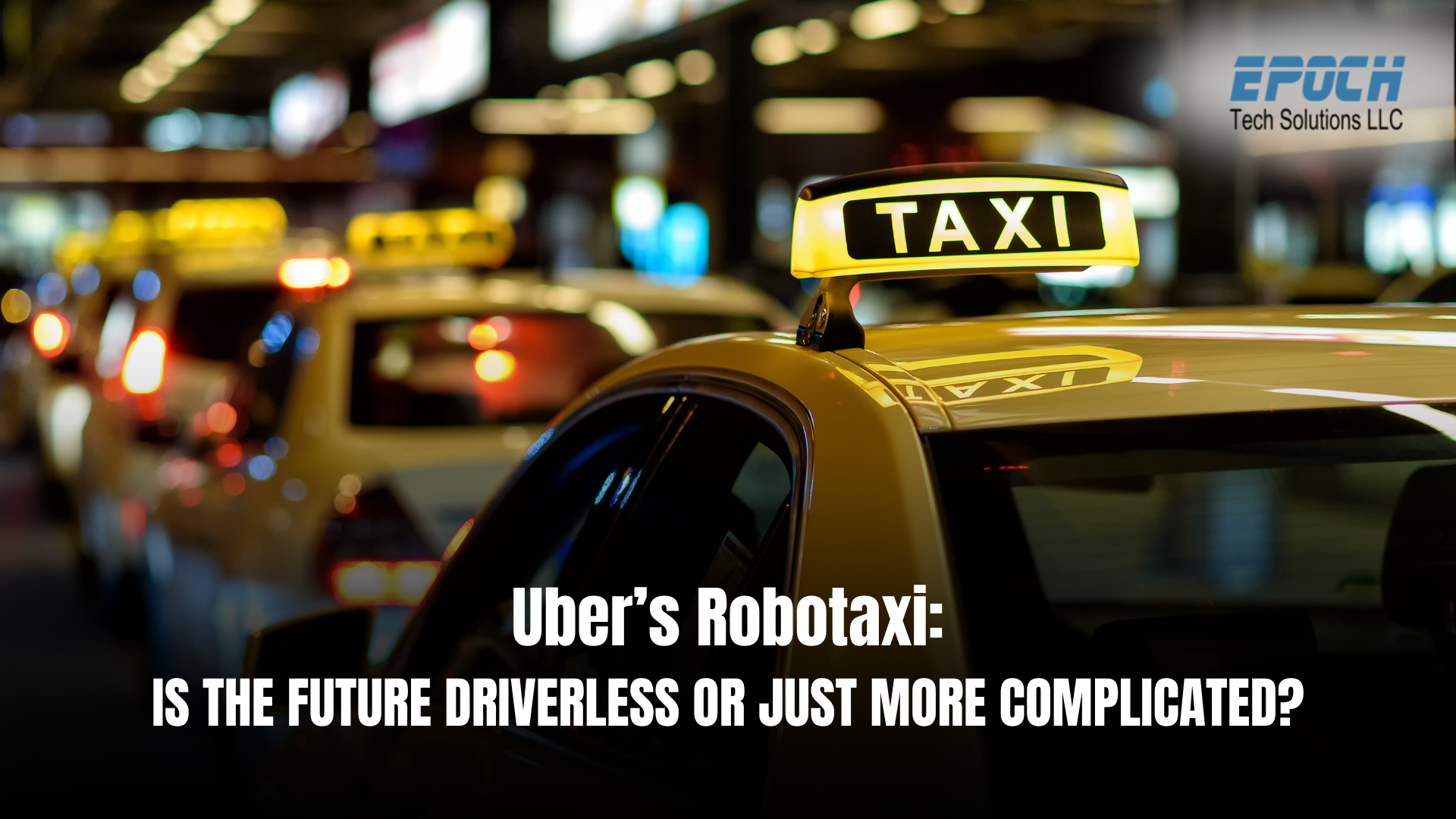
Uber isn’t just calling a ride anymore, it’s dialing up billions in private equity to bankroll a future where your driver might just be a chip on wheels.
At the company’s recent Q2 earnings call, Uber CEO Dara Khosrowshahi confirmed what industry whispers had already hinted at: the ride-hailing juggernaut is in talks with both private equity firms and big banks to secure funding for its growing robotaxi ambitions.
With partnerships already in place including a $300 million handshake with electric vehicle powerhouse Lucid and autonomous tech innovator Nuro: Uber is looking to put 20,000+ robotaxis on the roads over the next six years. Oh, and Waymo’s self-driving fleet is already rolling under the Uber flag in Atlanta and Austin.
But Uber’s not just hedging its bets on one model. According to Khosrowshahi, the company has cooked up three operational strategies:
It’s not exactly a lemonade stand.
With nearly $7 billion in annual cash flow, Uber is investing a “modest” slice into the initial rollout and is willing to offload minority stakes in some subsidiaries to scale faster. Once the revenue math checks out (i.e., these bots earn their keep), Uber believes capital will flow like surge pricing on New Year’s Eve.
And the competition? Think of it as Silicon Valley's own version of The Fast and the Curious: Tesla’s already launched its driverless service in Austin, and Waymo is now operational in five major U.S. cities.
Uber's integration of autonomous vehicles is designed to feel seamless users book a robotaxi just as they would a human-driven ride. In test cities like Austin and Atlanta, early users report no major change to UX except for the eerie silence from the front seat.
The three-pronged approach (lease, share, own) gives Uber strategic versatility depending on regulation, location, and capital availability. This buffet-style funding model also lowers Uber’s exposure in less-mature AV markets.
Robotaxi pricing remains speculative, some early adopters report similar fares to traditional UberX rides, but costs may drop if autonomy slashes labor expenses. However, accessibility still faces hurdles, especially for users needing assisted transport.
While Uber hasn’t released robust testimonials, anecdotal feedback from users in Austin and Atlanta suggests the rollout is smooth-ish. There's cautious optimism, even enthusiasm, but no line of users tossing car keys into the trash just yet.
On the corporate side, Lucid and Nuro stand to benefit from the production pipeline, while Waymo continues to quietly scale with Uber’s help.
Analysts see Uber’s robotaxi pivot as a long-game play for profitability. Human drivers account for a massive portion of ride-share costs, and automation could drastically cut that fat. For investors, the message is clear: if Uber proves these cars can earn daily revenue, VCs and PEs will throw money at it like it’s 1999 again.
Tech strategists also note the clever timing, while Tesla and Waymo spar over tech, Uber is positioning itself as the aggregator. They're the App Store of autonomy, not the iPhone.
Let’s be honest, if you’re a small or medium-sized business, this all might feel like science fiction noise from the Silicon Valley echo chamber.
But there are ripple effects, and here’s how you can stay afloat (or better yet, ride the wave):
Uber’s push into the driverless frontier is bold, strategic, and maybe even inevitable. But while Big Tech plays chess with AI vehicles, small businesses need to stay alert, adaptive, and scrappy.
The good news? Tech disruptions always create gaps, and those gaps are where nimble, customer-focused SMBs can thrive.
Contact Epoch Tech Solutions today for a free consultation on how to navigate the AI wave, integrate smarter systems, and outpace even the robotaxis.
Sources: